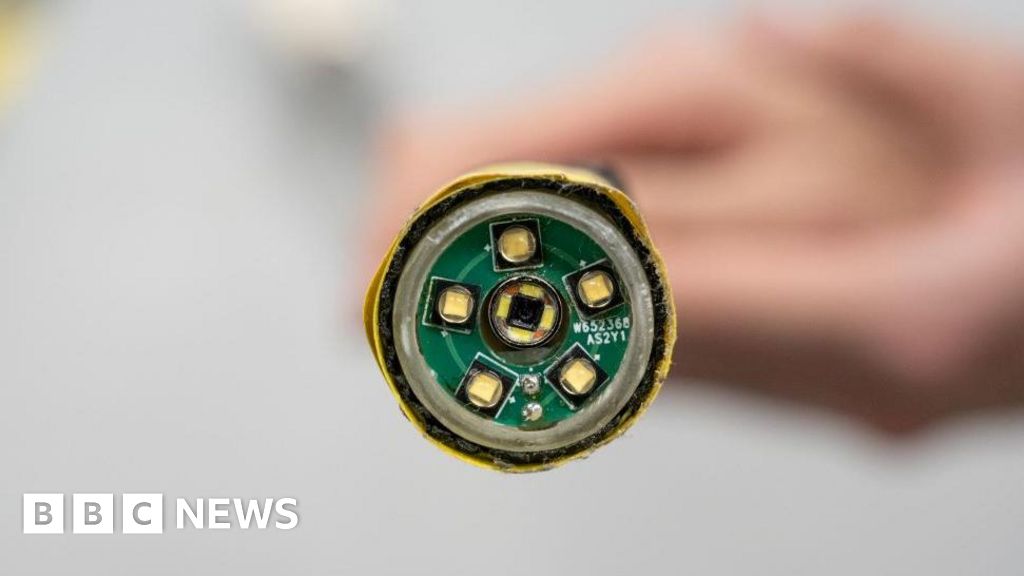Exploring the Future of Nuclear Cleanup: The Role of Snake Robots at Dounreay
In a groundbreaking development, a snake-like robot has taken on the vital task of inspecting hazardous areas at Dounreay, Scotland’s largest nuclear clean-up and demolition site. Established nearly 70 years ago as the UK’s hub for fast reactor research, Dounreay is now in the process of being decommissioned, marking a significant transformation in its legacy.
Advances in Robotics
Developed by a team from the University of Nottingham, this innovative snake robot is equipped with cutting-edge technology, including a camera, lights, and a radiation detector. Its mission? To investigate parts of a redundant laboratory that have remained unseen for over four decades. The ability of the robot to navigate these complex and hazardous environments opens up new possibilities for safety and efficacy in nuclear cleanup operations.
Nottingham’s snake robots are impressively engineered, with diameters ranging from 4mm to 40mm and lengths between 3m to 7m. Designed for both inspections and repairs, particularly in aircraft engines, this particular 7m-long iteration was able to access a containment chamber known as a shielded cell through a narrow 30mm gap.
The Vision Behind the Technology
Dr. Xin Dong, an associate professor at the University of Nottingham, has been a driving force behind the development of these snake robots for 14 years. He describes the control mechanism as akin to puppetry, where a series of cables manipulate the robot’s movements. "Instead of hands, we can use motors and computers to control snake robots," Dr. Dong explains, emphasizing the versatility and adaptability of these machines.
Collaborations and Future Plans
The project’s financial backing came from the Robotics and Artificial Intelligence in Nuclear (RAIN) hub, supplemented by the Game Changers nuclear innovation program. Not only did the University of Nottingham spearhead this initiative, but they also partnered with two dynamic companies, FIS360 and Ice9 Robotics, to enhance the robot’s capabilities.
This deployment of robotics at Dounreay is part of a broader trend. For example, previous collaborations with the University of Manchester and Ice9 utilized a robot named Lyra for surveying purposes. There are even discussions about deploying robotic "dogs" to aid in inspections of areas deemed potentially hazardous, showcasing the growing reliance on robotic technology in the nuclear sector. Currently, trials are underway in collaboration with Createc to test a robotic quadruped called Spot, further highlighting the commitment to innovative solutions in nuclear management.
Conclusion
The advent of snake robots at Dounreay symbolizes an important leap forward in the nuclear decommissioning process. With their unique design and advanced technology, these machines not only enhance safety but also redefine how we approach potentially dangerous tasks. As advancements in robotics continue to evolve, the future looks promising for the nuclear industry—a future enriched by the innovations born from institutions like the University of Nottingham.
At AI Buzz Hub, we’re excited to see how these technological breakthroughs unfold. Stay informed on the latest developments in AI and robotics—subscribe to our newsletter or share this article with fellow tech enthusiasts!




